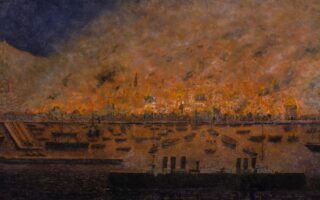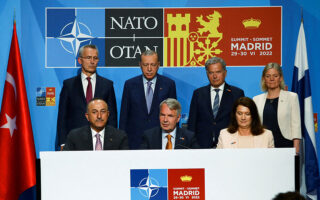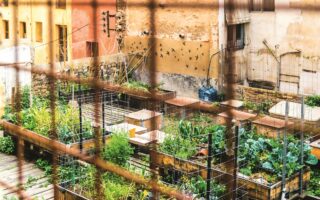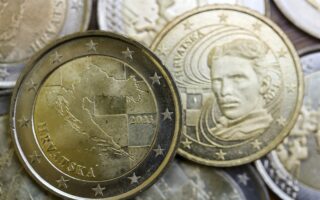The Lausanne Convention and the battle of memory
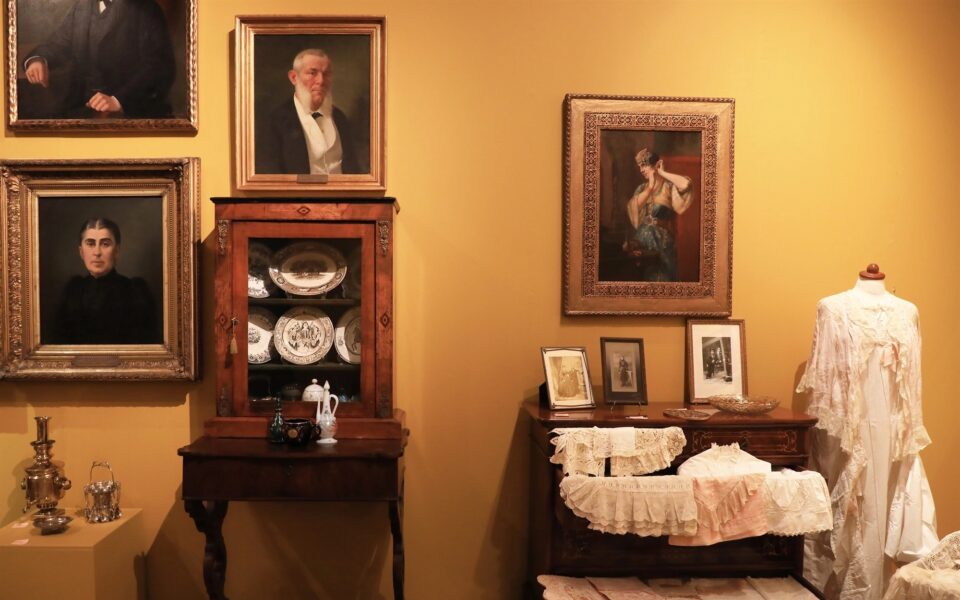
January 30 was the centenary of the signing of the Lausanne Convention (also known as the Convention Concerning the Exchange of Greek and Turkish Populations) on the compulsory exchange of populations between Greece and Turkey. This agreement was included in the treaty of the same name (Treaty of Lausanne), which defined the borders and regulated relations between the two countries in the last century.
Whether it is considered a success or not, the result of the simultaneous expulsion of 1.2 million Greek Orthodox from Turkey and 400,000 Muslims from Greece fundamentally changed Greece and the course of Hellenism. It also changed Turkey, to a lesser extent, and continues to influence Greek-Turkish relations. It remains a prominent event in the memories of a large part of the population in both countries and, for Greece, an element of a collective trauma that defines the way we see the world.
While the day passed almost unnoticed by both governments and the media, those who want to remember, reflect on and learn about the events of that time can find many sources. In Greece, where refugees and their descendants make up a large part of the population, the memory of the exchange, the settlement in unknown places, the destruction of a Greek presence of thousands of years on the eastern shores of the Aegean, in the Pontus and inland, is alive and well.
The major exhibition “Asia Minor Hellenism: Heyday – Catastrophe – Displacement – Rebirth,” organized by the Benaki Museum and the Center for Asia Minor Studies (on until February 12), brings together the memories and richness of a lost world, with more than 1,000 exhibits and over 500 photographs from many known, but also unknown, personal sources.
In conjunction with the catalogue and companion volume, “Asia Minor Hellenism: Essays and Reflections,” which contains 32 essays contributed by distinguished historians and researchers from the Greek and international academic community on all aspects of the subject, they record the lost world, the reconstruction, the seed of survival, the foreign aid, the titanic national effort (with its right moves and mistakes), and the path to today. A substantial contribution to this narrative is the video installation at the end, where 14 young people, descendants of refugees of the time, talk about “their” Asia Minor, the one they inherited from the stories, the adventures, the music, the flavors, the bitterness, the traumas and the nostalgia of grandma and grandpa, their uncles and neighbors.
In this video of the young people “next door,” we understand the depth of pain and wealth brought to Greece, but also what we find in the narratives of refugees on both sides: the deep emotion they share when they meet those who were “exchanged” in the opposite direction, with Turks who often spoke only Greek and carried their own woes when they were placed in the lost homelands of the Greeks. The human dimension, the fate of people caught in the wheels of history, remains in their memory, regardless if it is ignored in “official” narratives and daily news.
